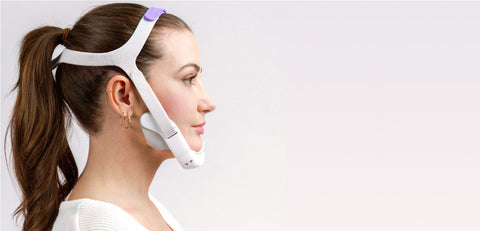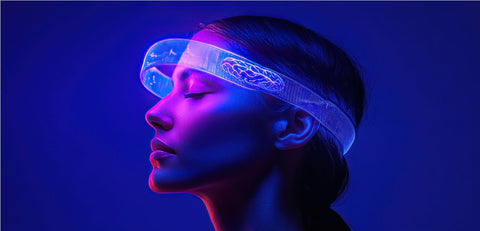The emergence of dental treatments in the 20th century
With the advent of modern dentistry in the early 20th century, bruxism began to be studied more systematically. Oral health professionals identified the damage caused by bruxism, such as excessive enamel wear, dental fractures, and temporomandibular joint pain.
Occlusal splints
In the 1930s, the first occlusal guards were introduced as a way to protect teeth from wear caused by bruxism. These devices, usually worn at night, act as a barrier between the upper and lower teeth, reducing damage caused by grinding. While guards protect teeth, they do not address the underlying cause of bruxism.
Behavioral and pharmacological therapies
Meanwhile, behavioral approaches have been explored to treat bruxism, including stress management and relaxation techniques. Cognitive behavioral therapies have been used to help patients become aware of their teeth clenching or grinding habit and develop strategies to change it. However, the effectiveness of these methods varies among individuals.
Pharmacological treatments, such as muscle relaxants or benzodiazepines, have also been tried to reduce muscle activity associated with bruxism. However, these medications can cause unwanted side effects and are generally not recommended for long-term use.










